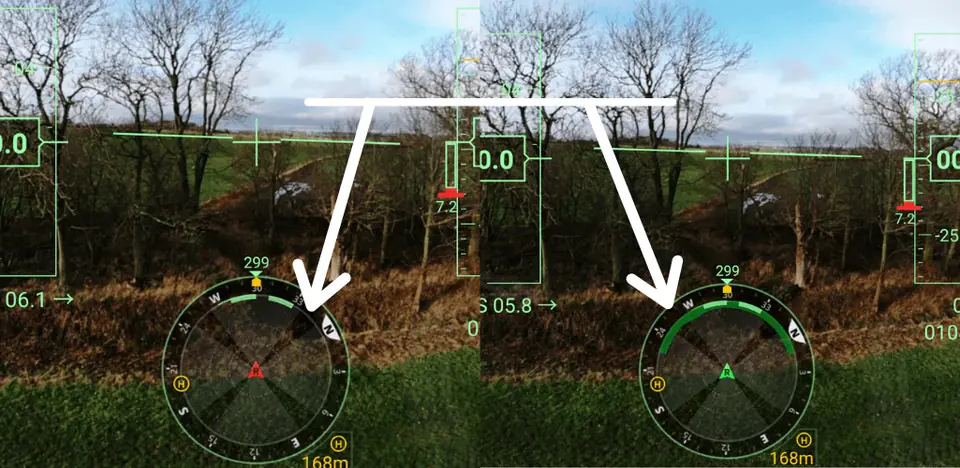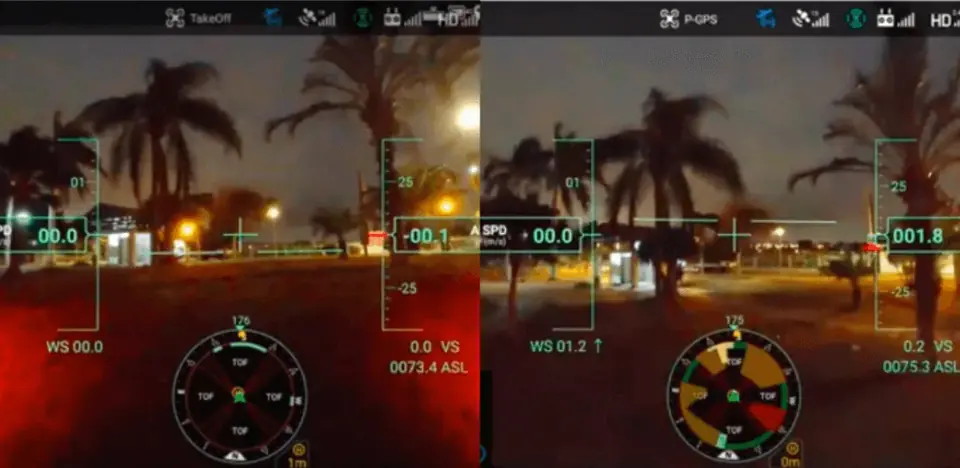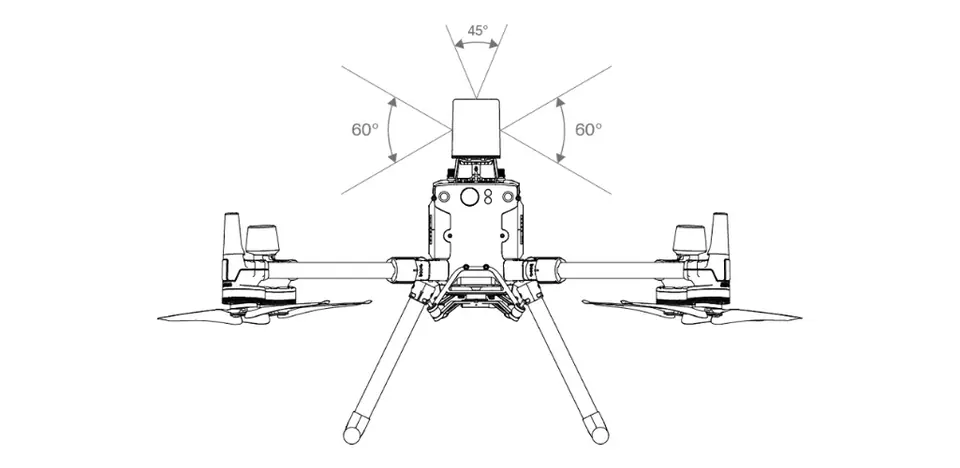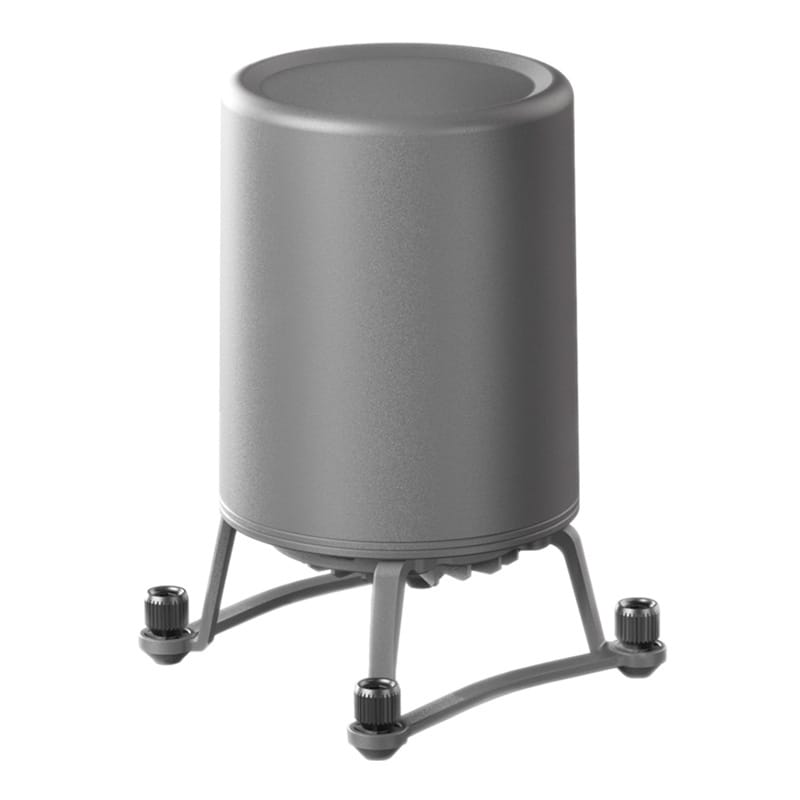CSM radar for Matrice 300 RTK
Designed to support the drone's built-in vision sensors, the device has a detection range of 1 to 30 meters and provides comprehensive 360° horizontal coverage, detecting threats that may be missed by the drone's obstacle avoidance technology.
Preset the radar detection range and the Matrice 300 RTK drone will stop when it approaches an object; This is especially useful in complex missions.
An additional advantage is that the CSM meeting the IP45 resistance standard can operate at night - when the drone's built-in vision system is not working - and in difficult weather conditions, which increases safety when performing various tasks.
How does CSM Radar work?
The CSM radar attaches to the top of the M300 RTK at the gimbal attachment point. The device can be connected to the drone via the PSDK port. When the radar is on, it emits radio waves, which then bounce off objects and return to the receiver. In this way, we get information about the location of the object based on the time it takes for the waves to return. The radar can be switched on and off, and operators can choose to use it in conjunction with the drone's vision sensors or choose between the two.
Object detection - operator notification
When obstacles are detected by radar, the compass navigation display at the bottom of the Main Flight Display (on the controller screen) will display different colors:
- Red - Obstacles detected within a pre-set braking distance. The drone will stop.
- Yellow - Obstacles detected in the warning area. The apparatus will emit slow beeps.
- Green - Obstacles detected within radar range but outside braking/warning distance
This means that the drone will stop if it detects an obstacle at a height of 3 meters, and a red color appears on the display.
It is worth noting that it is recommended to set the braking distance to at least 2.5 meters.
If anything appears within 18 meters, the display will turn yellow and the control equipment will beep slowly.
If the radar detects anything beyond the set area of 18 meters, there will be no notification and green will appear on the display.
Collision avoidance system - increased protection
The radar is designed to detect obstacles that could be missed by the built-in sensors because they are too thin or are in the blind spots of the sensors.
- The image on the left - without radar on - shows a small area of green color on the navigation display; i.e. fewer obstacles detected. Also note the white arrow pointing to a thin black - and blank - line on the display; This is one of the four blind spots that prevent obstacles from being detected.
- The right image shows the same situation, but with the radar on. The green area is larger than before - it covers dark black lines, which helps to detect more objects and eliminate blind spots.
Power Line Detection - CSM Radar in Action
With its ability to detect thin objects, the CSM radar is particularly useful during complex missions. For example, when working near power lines, as shown in the video above.
Initial video sequences show a Matrice 300 RTK drone flying near power lines with no active radar.
Yellow and green areas appear on the navigation display, but the drone is able to get closer to the cables because they are not detected by the drone.
Also note that the yellow and green tones do not coincide with any of the four darker spheres of the display area, the blind spots.
But all this changes when the radar obstacle avoidance system is activated.
The drone instantly detects the power lines in front of you - and the display flashes red (eliminating blind spots in the process). Then the drone stops and no longer flies towards the cables.
It is worth noting that CSM radar is a detection tool; It will not autonomously avoid any obstacles, nor will it assist the drone in determining its position.

Completing missions at night
Another example shows CSM radar in action during an evening flight when the drone's built-in vision system is not working.
In the photo on the left, the radar is off. However, when it is activated (image on the right), the display fills up with colors as the CSM gets to work and starts detecting obstacles.

What is the radar detection range?
The radar offers a wide spectrum of coverage to give operators even more confidence when flying the M300 RTK:
- Horizontal direction: 360°
- Vertical direction: 60°
- Top direction: 45°
The radar detection range is from 1.5 meters to 30 meters.
Operators should be aware that the effective detection range varies depending on the size and material of the obstacle.
For example, when detecting highly reflective objects such as buildings, the effective detection range is maximum (30m)
However, in the case of detecting objects that reflect poorly light, such as dry tree branches, this distance is about 15m.
Obstacle detection may not work properly in areas outside the effective detection range.
All in all, the CSM radar is an extremely useful addition to the M300 RTK ecosystem that detects thin obstacles, works at night and increases situational awareness.
As a result, it increases flight safety – making an incredibly reliable and safe drone even safer.
Kit Contents

Specification
| Waga | 369 g |
|---|---|
| Indeks ochrony | IP45 |
| Zakres detekcji | Kierunek poziomy: 360°Kierunek pionowy: 60°Kierunek górny: 45° |
| Sygnalizacja wykrycia przeszkód na aparaturze | Kolor czerwony: przeszkody wykryte w obrębie ustawionej wcześniej odległości hamowania. Dron zatrzyma się.Kolor żółty: przeszkody wykryte w obszarze objętym ostrzeżeniem. Aparatura będzie wydawała powolne sygnały dźwiękowe.Kolor zielony: przeszkody wykryte w zasięgu radaru, ale poza dystansem hamowania/ostrzegania |













